A World First: A Completely New Development in Haemostatic Gauze Promises Massive Success in Traumatic Bleeding and Haemorrhage Control
https://chat.whatsapp.com/AmbulanceToday

Editor, Ambulance Today,
Published in Ambulance Today, Issue 3, Volume 13, Ahead of the Curve, Education and Technology Special, Autumn 2019
At first glance, WoundClot looks like nothing particularly new. The gauze material visually holds so much in similarity to other haemostatic gauzes, you could be forgiven for completely overlooking what is actually a truly massive step forward in emergency trauma care.
In reality, this new and revolutionary gauze has four main groundbreaking features going for it.
Firstly, it holds up to 2,500% of its own weight in blood and is actively absorbent for up to 24 hours.
Secondly, WoundClot has a truly remarkable wound surface adhesion. The pliant 3D gel matrix adheres to surrounding tissues in the wound and will not be dislodged by patient movement, wound manipulation, or high-pressure bleeding, while remaining easy to remove without causing rebleeding.
WoundClot’s third attribute is the ability to create an environment that is conducive to clotting by concentrating platelets, red blood cells and clotting factors in its 3D gel matrix.
This leads to a clotting ability which has, so far, left any individuals working in trauma care or surgical theatres unanimously stunned.
The spurting from the carotid artery was stopped within just 15 seconds. Each first responder and ER physician involved in the case was, as you would imagine, completely stunned at how quickly the bleeding had been controlled.
The gauze is also effective on patients that are undergoing anticoagulant therapy or, in the case of severe traumatic injuries, patients that are coagulopathic, utilising multiple mechanisms of action to achieve haemostasis. For the more scientifically minded of you, WoundClot is made from cellulose, a natural fibre product found in plants.
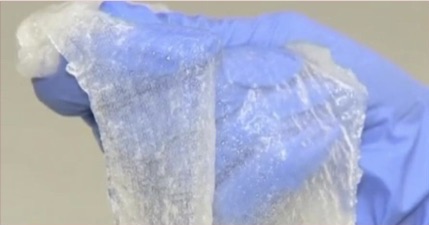
It is the only Non-Oxidised, Non-Regenerated Cellulose Structure (NONRCS) product in the world, meaning that it possesses the highest safety profile of any haemostatic gauze available, whilst requiring little to no triaging to use effectively.
A further testament to its truly remarkable and game-changing nature, WoundClot is also notably small. It achieves all this in 8x20cm, 8x100cm, and 20x30cm sizes (CE Class IIB). The longest measurement there is just over three feet.
I should mention that other sizes are available for the Class III Surgical Implant version of the product too, they have covered all bases here. The Class III product comes in 5x10cm and 10x10cm and, very importantly, has the fastest bioabsorbability profiles around today.
Finally, and by far its most notable revolutionising aspect, is that it is applied without compression. Whether it’s for catastrophic bleeding, for haemorrhaging, or for arterial spurting, you don’t apply pressure to it.
To be perfectly honest, I am quite convinced that adopting this new and revolutionary product is not just a logical obligation, but an ethical must.
You place the gauze on the site of the wound, lightly press around it so that the fabric comes into contact with the blood, and then you take your hands off and leave it well alone, leaving you free to attend to anything else that demands your immediate attention.
As you can imagine, this is especially useful in patients with multiple injuries, or in Multiple Casualty Incidents, where a single provider would be otherwise engaged in holding pressure for at least 3-5 minutes with other haemostatic products.
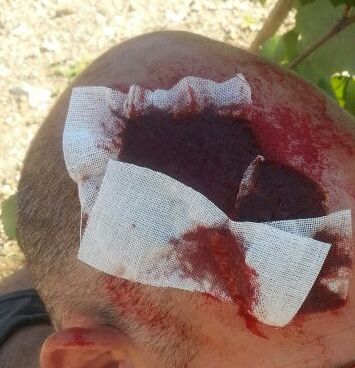
There have been many examples of the proficiency of WoundClot of late, which show just how revolutionary this product is, how vital it is to have in any kit, and which have often left professionals both in prehospital and hospital settings simply stunned.
Again, this is a world-wide, first-of-its-kind development. It may look like a run-of-the-mill gauze, but it isn’t.
One such recent story is indeed a sad one, as one of the victims of the case sadly passed after being transported to hospital. And it is her that this detail focuses on.
Recently in Pittsburgh a case occurred where an armed attacker stabbed two women, seemingly at random, at a downtown bus shelter. One escaped with a non-fatal wound to the mouth. Harrowing and traumatic for her none-the-less, but she survived.
The first victim, however, was much more unfortunate. As a police officer was speaking to her, to genuinely check on her welfare as he had seen her sleeping or possibly passed out in said bus stop, the attacker sprung from behind him and stabbed the poor lady directly in her carotid artery.
As quickly as he could, the officer detained the attacker to prevent any further stabbings beyond the two which had just occurred and then swiftly ran back to the first woman, placing his finger within the wound to try to stem some of the arterial spurting. The police noted that medics arrived quickly on scene1.
At around the same period, a representative of WoundClot had been in Pittsburgh training police staff on the application of the gauze, as the local P.D. had recently adopted it as part of their standard kit. Whilst riding with members of their SWAT team, she attended this call.
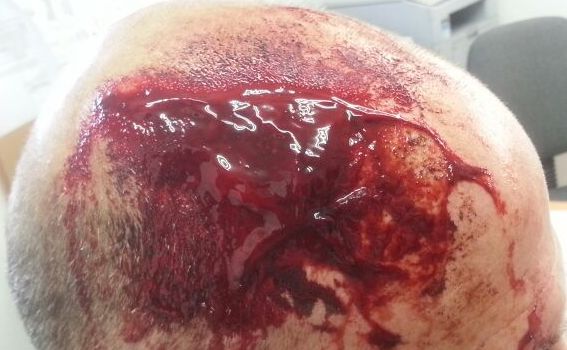
Finding an off-duty paramedic attending, and understandably struggling to control the arterial spurting, they offered a simple 3×39 inch piece of gauze (just a little over 3 feet long).
The spurting from the carotid artery was stopped within just 15 seconds. Each first responder and ER physician involved in the case was, as you would imagine, completely stunned at how quickly the bleeding had been controlled.
It is a terrible thing that this poor woman never made it. But the applications of this revolutionary advancement in haemostatic gauze cannot, and must not, be overlooked or ignored.
Here, it was clearly a matter of time. Not speaking as a medic, but purely as a member of the public with a basic education and common sense, anyone can tell you that the chances of survival from a punctured or severed carotid artery are amazingly slim, and they get even slimmer as every second passes.
But it’s clear to see that if this product, compact and easily carried by any first responder—police, fire, or EMS—were adopted as a vital part of every emergency kit, then application could be employed much quicker.
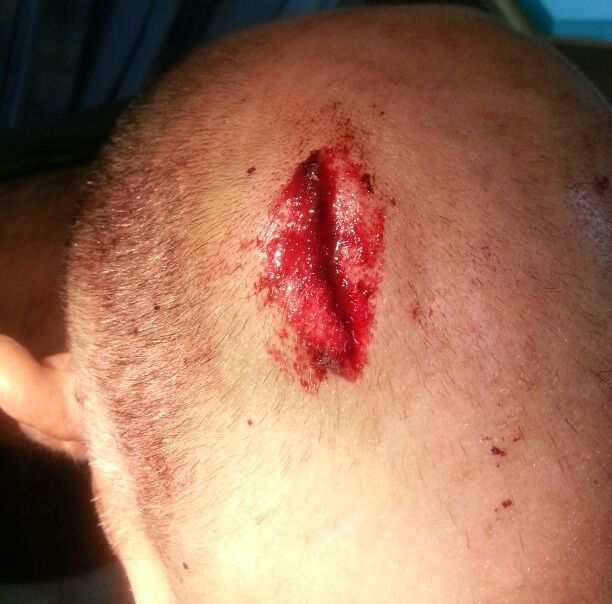
I would personally go a step further and say that these should be made readily available on the street in the same way that AED’s are. That they should be given out to older children in schools with a very simple and easy to follow demonstration on how they should be applied.
As professionals in prehospital emergency care, each one of you know that traumatic bleeding can occur from a seemingly endless possible array of injuries and accidents at any time: as the result of a harrowing attack such as the one outlined above, as the result of a child running into a glass plate, as the result of a saw slipping on a construction site.
What if this product was as common as a household band-aid? What if its amazingly simple application, which any adult or child could reasonably follow (taking into consideration factors such as panic, fright and trauma of course), was just as widely known?
How many catastrophic lacerations could be controlled within minutes or less? How many lives could be saved? What if you could turn up to a call where the patient’s traumatic bleeding is already under control, allowing you to focus on stabilising, or resuscitating, and then transporting?
According to the US Army Institute of Surgical Research (ISR), 84% of potentially survivable injuries ended in fatality due to uncontrollable haemorrhage. Of these, 67% of the injuries did not allow for sufficient access to the traumatic wound for the attending medics to be able to either place compression or fix a tourniquet2.
And now, at long last, we finally have a haemostatic gauze which requires no compression. The first, and only one, of its kind.
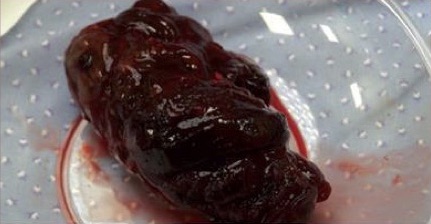
To be perfectly honest, I am quite convinced that adopting this new and revolutionary product is not just a logical obligation, but an ethical must.
However, the proof is in the application. It’s totally understandable that it is mentally difficult to move on from current accepted practices and to accept when a totally new and revolutionary product arrives, trusting in something you have never used before when so much is at stake.
When you have controlled so many traumatic bleeds, knowing that constant and firm compression is vitally important, it can be very hard for you visualise some miracle gauze which allows you simply place it over the bleed without compression, whilst you watch it firmly bond to the wound all of its own as it begins to absorb the bleeding and create a successful clot.
That’s why Ambulance Today can proudly offer free samples to any organisation which is forward thinking enough to see how vital this is to their deployment of life-saving emergency care.
And it is undoubtedly vital to every organisation within this field.
If this is something you have control of then I advise you to get in touch with us. If not, then I advise you to take this article to your supervisor and to advise them to get in touch with us.
You have nothing to lose, and the patient, and their families, have everything to gain. It’s free. If you find that we’re wrong, then you simply continue with whatever it is that you’re currently using. However, we remain highly confident that this won’t be the case.
To receive more exclusive content from Ambulance Today directly to your smart phone, join us now on: https://chat.whatsapp.com/AmbulanceToday

| References | |
| 1 | Shelly Bradbury, Pittsburgh Post Gazette. 8th August, 2019. https://www.post-gazette.com/news/crimw-courts/2019/08/08/2-injured-stabbing- Downtown-Pittsburgh-bus-stop-hijab/ stories/201908080121 |
| 2 | Dr Shani Eliyahu-Gross.“Non-Compression Applications for Arterial Hemorrhage Control With WoundClot Hemostatic Gauze”. http://www.woundclot.com/wp-content/uploads/2016/06/Non-Compression-Applications-for-Arterial-Hemorrhage-Control- with-WoundClot-Hemostatic-Gauze.pdf |
Quality content
- Casinos Not On Gamstop
- Casinos Not On Gamstop
- Casino Sites Not On Gamstop
- Non Gamstop Casino
- UK Online Casinos Not On Gamstop
- Casino Sites Not On Gamstop UK
- Casino Sites Not On Gamstop
- Games Not On Gamstop
- Sites Not On Gamstop
- UK Online Casinos Not On Gamstop
- Casino Not On Gamstop
- Slots Not On Gamstop
- Casino Not On Gamstop
- Gambling Not On Gamstop
- Casinos Not On Gamstop
- Non Gamstop Casino
- UK Online Casinos Not On Gamstop
- Casino Sites Not On Gamstop
- Best Betting Sites
- Best UK Online Casinos
- New Horse Racing Betting Sites


Leave a Reply
Want to join the discussion?Feel free to contribute!